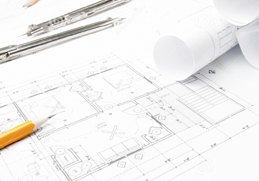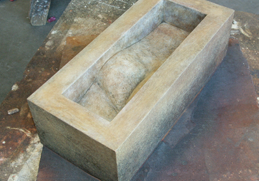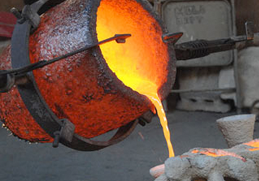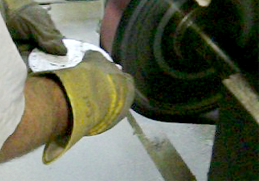 The surface of a non-ferrous casting can take on a number of textures or appearances after it solidifies. The process of surface finishing allows control over these surface qualities in order to improve the performance of the final piece in its intended application.
The surface of a non-ferrous casting can take on a number of textures or appearances after it solidifies. The process of surface finishing allows control over these surface qualities in order to improve the performance of the final piece in its intended application.
Patriot Foundry offers a selection of casting surface finishing services, including:
Anodizing
Anodizing increases corrosion resistance and reduces wear by utilizing electric current to adhere a color to the metallic casting. Anodizing is not only for the application of color; it can also be used to provide protection against galling in a threaded feature or an additional layer of protection in the form of a “clear” anodization process. Patriot has anodized castings in a variety of colors (blue, green, gold, black, etc.) whether it be for aesthetic purposes or performance purposes. Many of our medical and military castings are anodized.
Chrome Plating
Chrome plating is the process of electroplating a thin layer of a metallic compound onto the surface of a casting. The casting is “etched” using an acid solution to prepare the cast surface for the application of the metallic compound. The two main types of chrome plating are decorative and “hard”. Hard chrome plating is typically used in applications where the casting will be in a severe environment to improve casting life by increasing its durability, chemical resistance, wear resistance, and surface hardness. Patriot typically chrome plates castings for medical, electronic, oil & gas, automotive and military applications.
Patina
Patina is the process of chemically altering through oxidation. This typically changes the color of the casting to greenish, brown, or black. Patriot uses this process to artificially “age” the appearance of a casting. For example, the bronze sundial at the Concord New Hampshire State House was “aged” to the greenish color of copper that has oxidized over time.
Painting
Painting is the simple application of paint to a casting. Painting usually serves an aesthetic purpose, but can also provide some additional resistance to corrosion. In terms of painting vs powder coating a casting, painting is a less durable but more cost-efficient method than powder coating. Many of Patriot’s casting are painted red or green (but any color can be applied) for firefighting and military purposes.
Polishing
Polishing is the process of reducing the roughness and improving the surface consistency of a casting’s surface. Polishing is accomplished by “sanding” the surface of the casting with progressively finer grit “sandpaper”. This method of polishing can deliver a near mirror finish. Patriot polishes a variety of cast materials typically for the military, like helicopter handles, or retail items like fireplace sets.
Powder Coating
Powder coating is fundamentally different than painting in the fact that it is the application of a powder material by means of electrostatic attraction to metal. The material is then cured to provide a durable finish. Just about any color or combination of colors can be powder coated onto non-ferrous castings.
Choosing the Right Surface Finish for Your Casting
The right surface finish for your casting will depend on its intended application as well as the casting method used to produce it. Sand castings, for instance, tend to have a rougher texture than other production methods and an interim step may be necessary to polish the sand casting to get a smoother texture.
If you need help deciding on what surface finish would be best for your casting project, contact the experts at Patriot Foundry today! Also feel free to check out our other value-add foundry services:




















